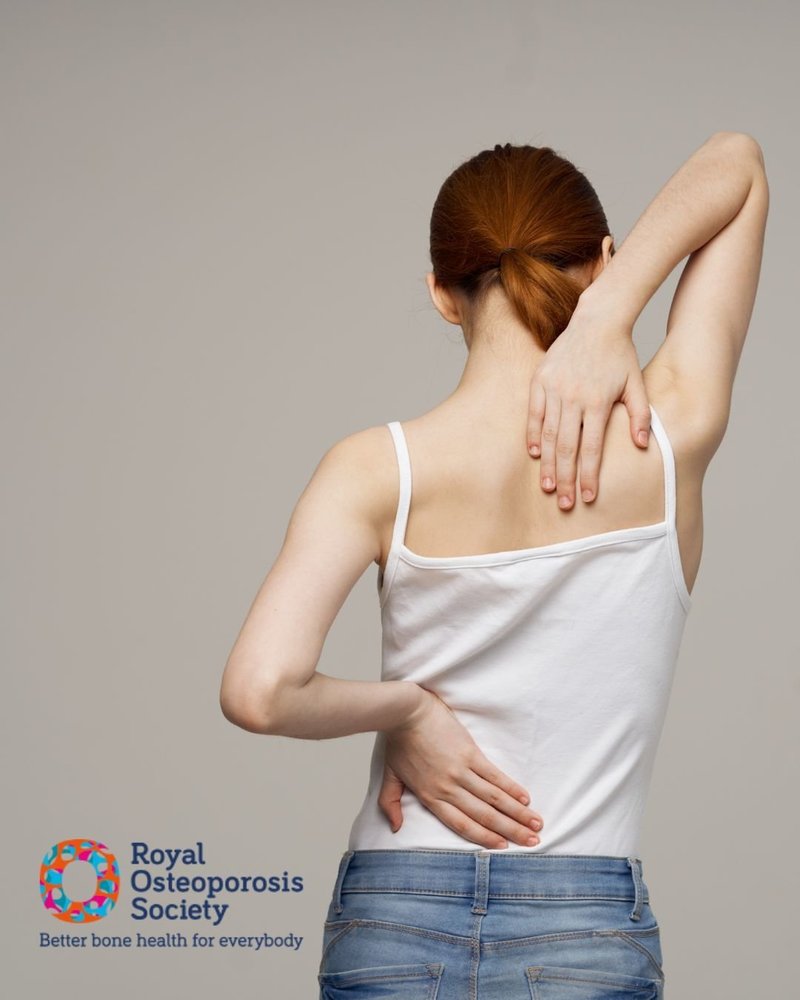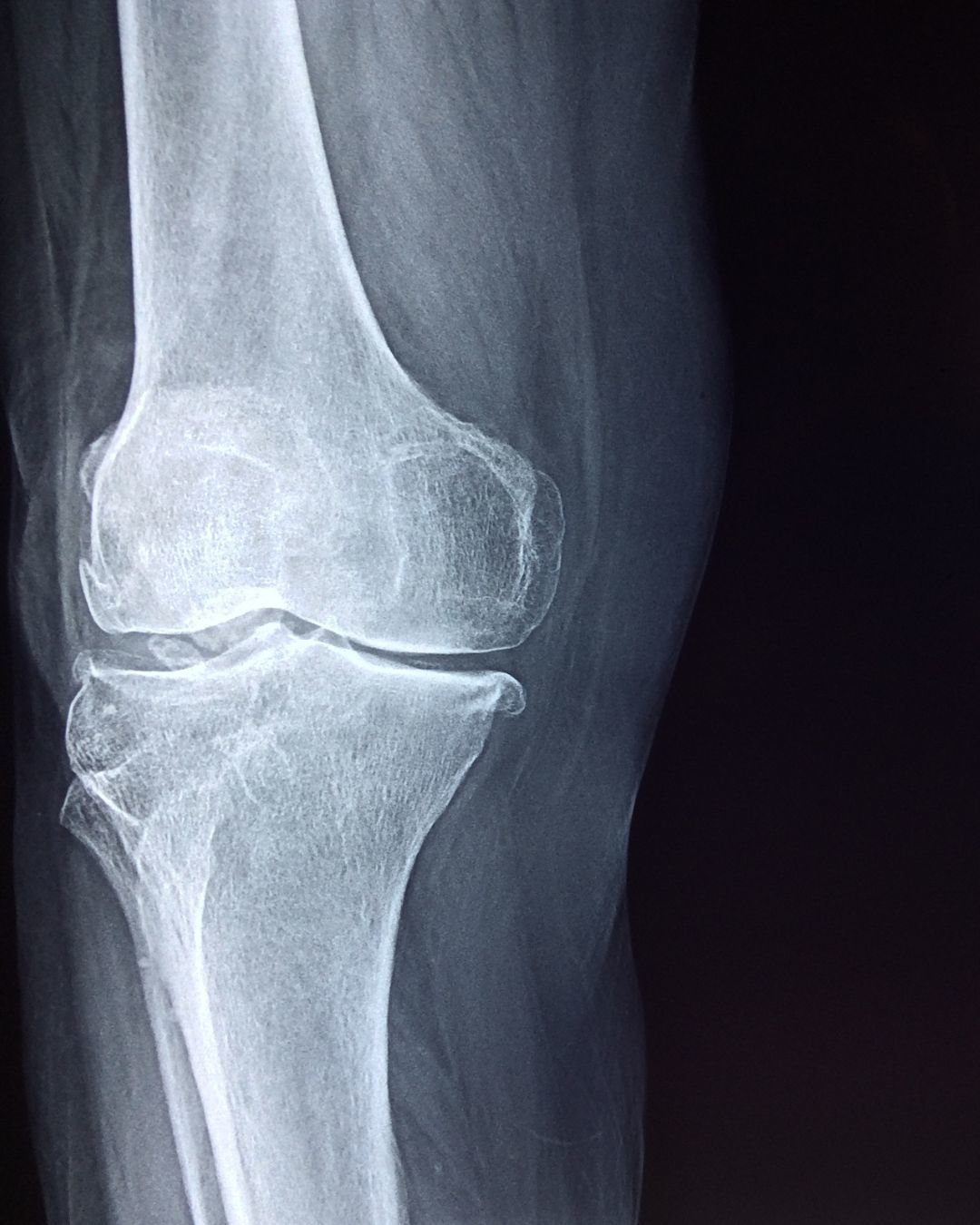Published at 28 May, 2025 11:17.

Royal Osteoporosis Society - Better Bone Health for Everybody
Osteoporosis is a condition that weakens our bones, making them brittle, fragile and vulnerable to fractures. You may not even know you have this condition as sometimes it is only diagnosed when you have a fall and break a bone.
Smoking can affect our bone health and studies have shown that tobacco use can decrease bone density and lead to this often-debilitating condition. Nicotine and other chemicals from smoking interfere with the absorption of calcium. Calcium helps stop the bone from becoming porous reducing the risk of bone mass loss and lessening the risk of the bones becoming weak and fragile. Smoking increases bone mass loss as chemical changes happen when nicotine and other chemical from cigarettes attach to bone cells which are called osteoblasts, and this eventually kills the cell. Because bones are comprised of living tissues that are always regenerating these osteoblasts are always working hard to make sure that strong new bone tissue is made, and osteoclasts have the job of making sure that old bone tissue is removed. This process is called remodelling. Smoking interferes with this remodelling process which is what leads to weak, brittle and fragile bones. Men and women can be affected. Studies have shown that smoking increases the risk of developing osteoporosis by 40% in men and 31% in women. If you did break a bone your healing time and recovery can be much slower if you smoke. This can be up to twice as long!

During this long recovery you may be unable to do the activities you once used to do, become depressed or experience anxiety and your quality of life can be greatly hampered.
Smoking also interferes with hormonal balance particularly lower oestrogen levels in women and lower testosterone in men which can lead to bone mass loss. Smokers can also have poor blood circulation with less oxygen supply and less calcium reaching the bones. This will also make the healing process slower as poor circulation slows down the body’s ability to mend fractures.
Other risk factors include poor diet and little or no exercise.
Protect yourself from the risk of developing this condition by stopping smoking, eating a healthy diet which is rich in fruits and vegetables which have a high calcium and vitamin D content.
Smokers tend to have low vitamin D levels leading to poor calcium absorption. Try and take regular exercise which are low impact and weight bearing and of course always check with your GP before starting any new exercise regime especially if you are already at risk of having osteoporosis. Reducing alcohol use can also help as this hinders the absorption of calcium which can also lead to bone loss.
Check your risk at Royal Osteoporosis Society - Better Bone Health for Everybody.
Quitting smoking can help slow the progression of smoking related bone loss even if you have already been diagnosed! Stop smoking, protect your bone health now and your future bone health too!
NHS Stop Smoking Service - Yorkshire Smokefree